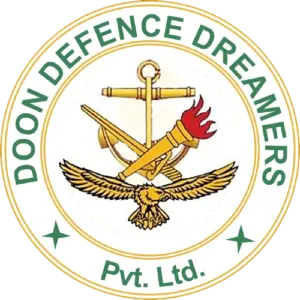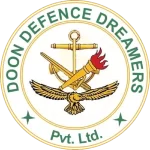September 19, 2023
No Comments
September 18, 2023
No Comments
September 16, 2023
No Comments
September 16, 2023
No Comments
September 15, 2023
No Comments
September 15, 2023
No Comments
September 14, 2023
No Comments
September 14, 2023
No Comments
September 13, 2023
No Comments
September 13, 2023
No Comments
September 12, 2023
No Comments





